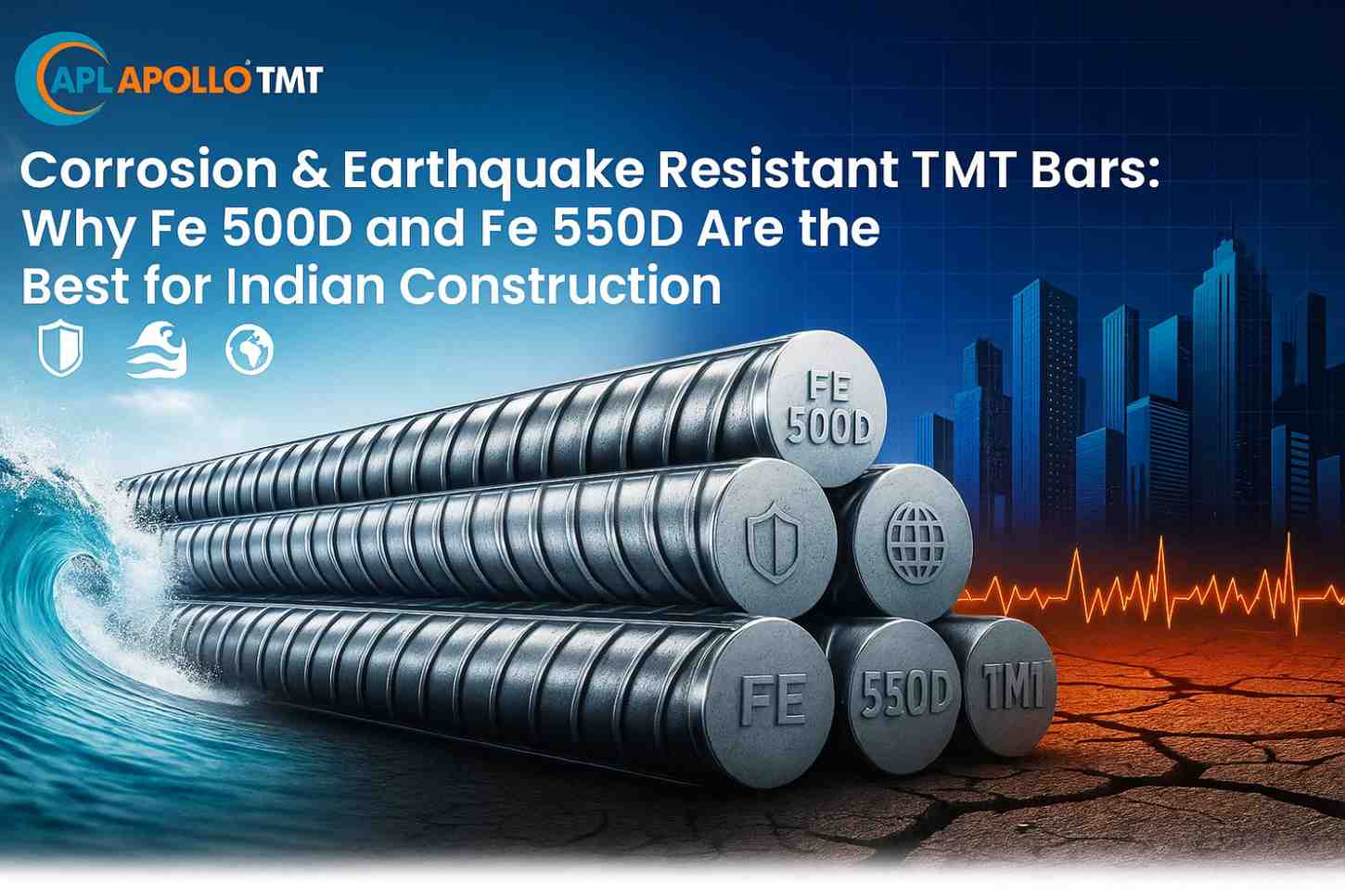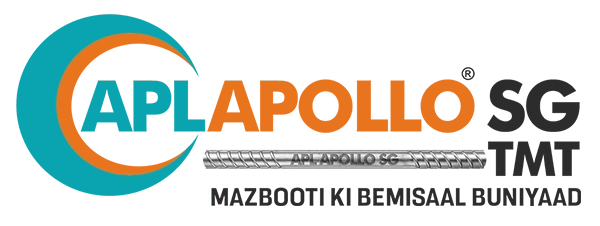
Introduction
India’s construction industry faces two major challenges:
Corrosion, especially in coastal and humid regions.
Seismic risks, with over 59% of the country classified as earthquake-prone.
The solution? Choosing TMT bars that resist both corrosion and seismic shocks. In this article, we’ll explain how modern Fe 500D and Fe 550D TMT bars offer the perfect balance of strength, ductility, and durability — making them the preferred choice for home builders, contractors, and infrastructure developers.
Why Corrosion Resistance Matters in TMT Bars
Hidden Enemy: Corrosion weakens steel within concrete, leading to cracks and premature repairs.
Indian Context: Coastal states like Tamil Nadu, Kerala, and Maharashtra face high chloride levels, accelerating corrosion.
Lifespan Impact: Using corrosion-resistant TMT bars can extend RCC structure life by 15–20 years.
Example: Residential towers in Mumbai’s Worli Sea Face widely use APL Apollo Fe 550D TMT bars, supplied by SG Mart Limited, because of their corrosion-resistant properties that withstand saline environments.
Why Earthquake Resistance Matters in TMT Bars
-
High Risk: Zones like Delhi-NCR, Northeast India, Uttarakhand, and Himachal fall in Seismic Zone IV & V.
-
Ductility Saves Lives: In earthquakes, ductile TMT bars bend instead of breaking, protecting the structure.
-
Grades That Work: Fe 500D and Fe 550D have high elongation properties, making them superior in seismic zones.
Case in Point: Contractors in Guwahati prefer Fe 500D TMT bars for mid-rise apartments, ensuring flexibility against tremors.
Fe 500D vs Fe 550D: Which One to Choose?
| Property | Fe 500D | Fe 550D |
|---|---|---|
| Yield Strength | 500 N/mm² | 550 N/mm² |
| Elongation | 18–20% | 16–18% |
| Best For | Residential homes, seismic-prone areas | High-rise & industrial projects |
| Cost | Moderate | Slightly higher |
| Resistance | Earthquake & corrosion | Heavy loads + corrosion |


People Also Ask
Which TMT bar is best for earthquake-prone areas?
Are Fe 550D TMT bars corrosion-resistant?
Can I use Fe 500D for coastal construction?
What is the difference between Fe 500D and Fe 550D TMT bars?
Why Builders Choose APL Apollo SG TMT Bars
Manufactured using German Tempcore technology
Available in Fe 500, Fe 500D, Fe 550, Fe 550D grades
Corrosion & fire resistance tested
High ductility & elongation for seismic resilience
Trusted by contractors nationwide, supplied by SG Mart Limited
Real Example: In a recent metro rail project in Lucknow, contractors used Fe 550D APL Apollo TMT bars for underground structures requiring both corrosion resistance and seismic safety.
Key Takeaways
Corrosion weakens structures, especially in coastal & humid areas.
Earthquakes demand ductile TMT bars (Fe 500D, Fe 550D).
Fe 500D = Ideal for homes & seismic zones.
Fe 550D = Ideal for high-rise, industrial, and coastal megaprojects.
Contractors trust APL Apollo TMT bars (via SG Mart Limited) for reliable quality and supply.



